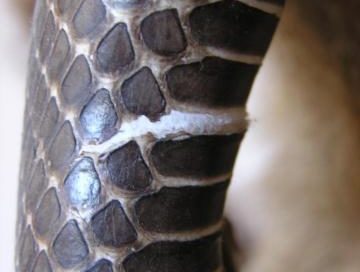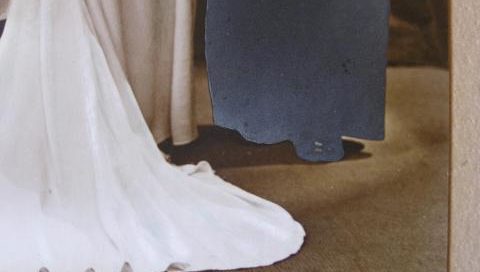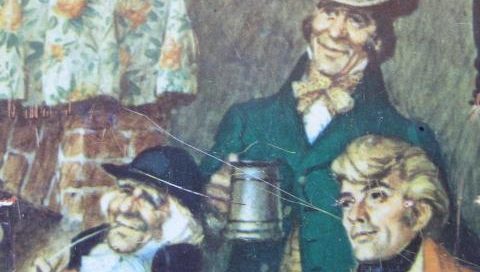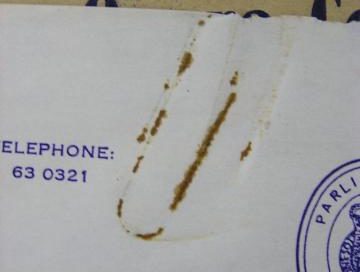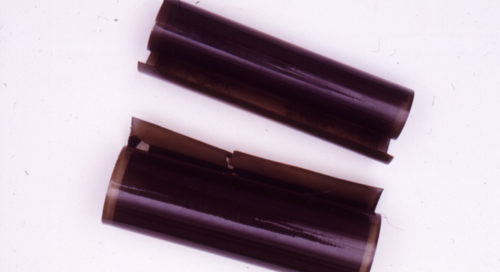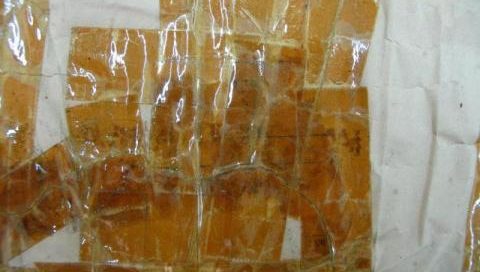split
A separation between the fibres of canvas, plant, paper or textile surfaces caused by expansion or contraction of areas under tension. Also used to describe a continuous break in a piece of wood that travels along the direction of the grain. Often caused by the dimensional changes that occur as organic materials expand and contract
